Types of diving
Underwater world is an amazing place that gives you a wonderful feeling when you explore and discover those wonders. But how many types of diving are there? Let us find out and allow us to go over each of the common types of diving and their key characteristics.
ICE DIVING – is an extreme, bizarre, and challenging type of diving in near-freezing water temperature that takes place under ice. The dive period is limited to prevent hypothermia. Ice diving can offer exceptional encounters with marine life such as penguins, belugas and seals or animals that are not able to observe during summer.
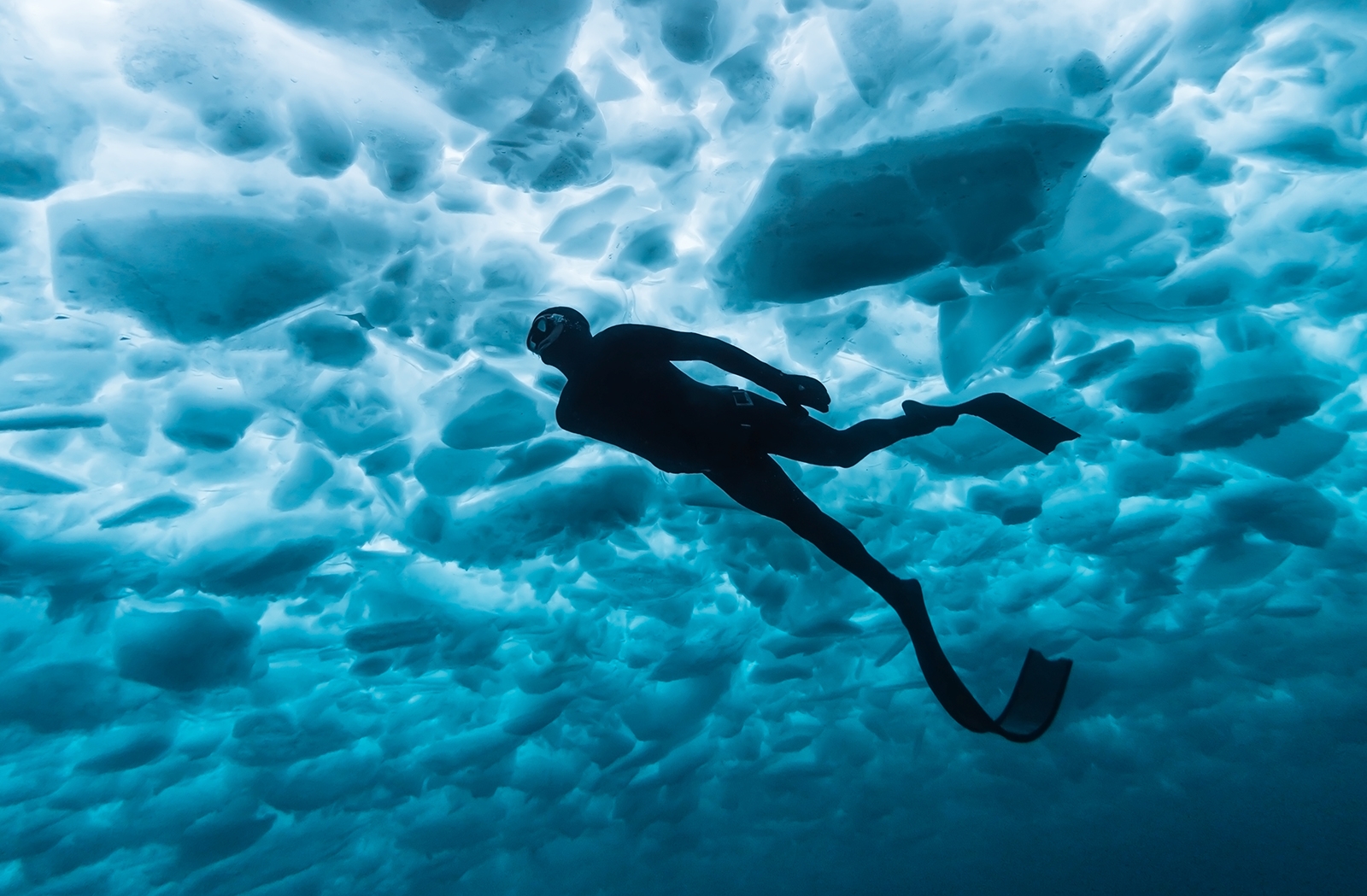
NIGHT DIVING – can seem daunting for some divers but it is safe and enjoyable as day-time diving and can be incredibly rewarding as the diver can experience a different underwater environment, because at night the scene changes as day animals retire and nocturnal creatures come into view. There are also bioluminescent organisms that emit their light that makes the night looks so magical. And the most important rule is to use the suitable underwater flashlights.
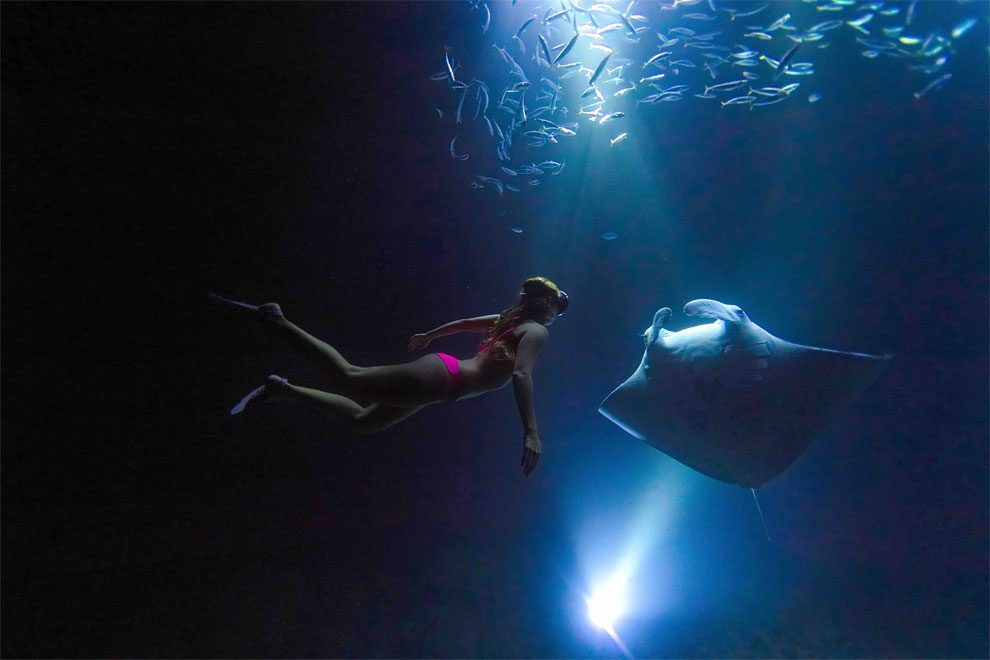
CAVERN DIVING – usually takes place at the mouth of a cave with overhead environment, which allow the divers to explore the calming world of silence while enjoying the sunlight effects. The caverns can be dived regardless of the weather and the time of the year with modest risk factors.
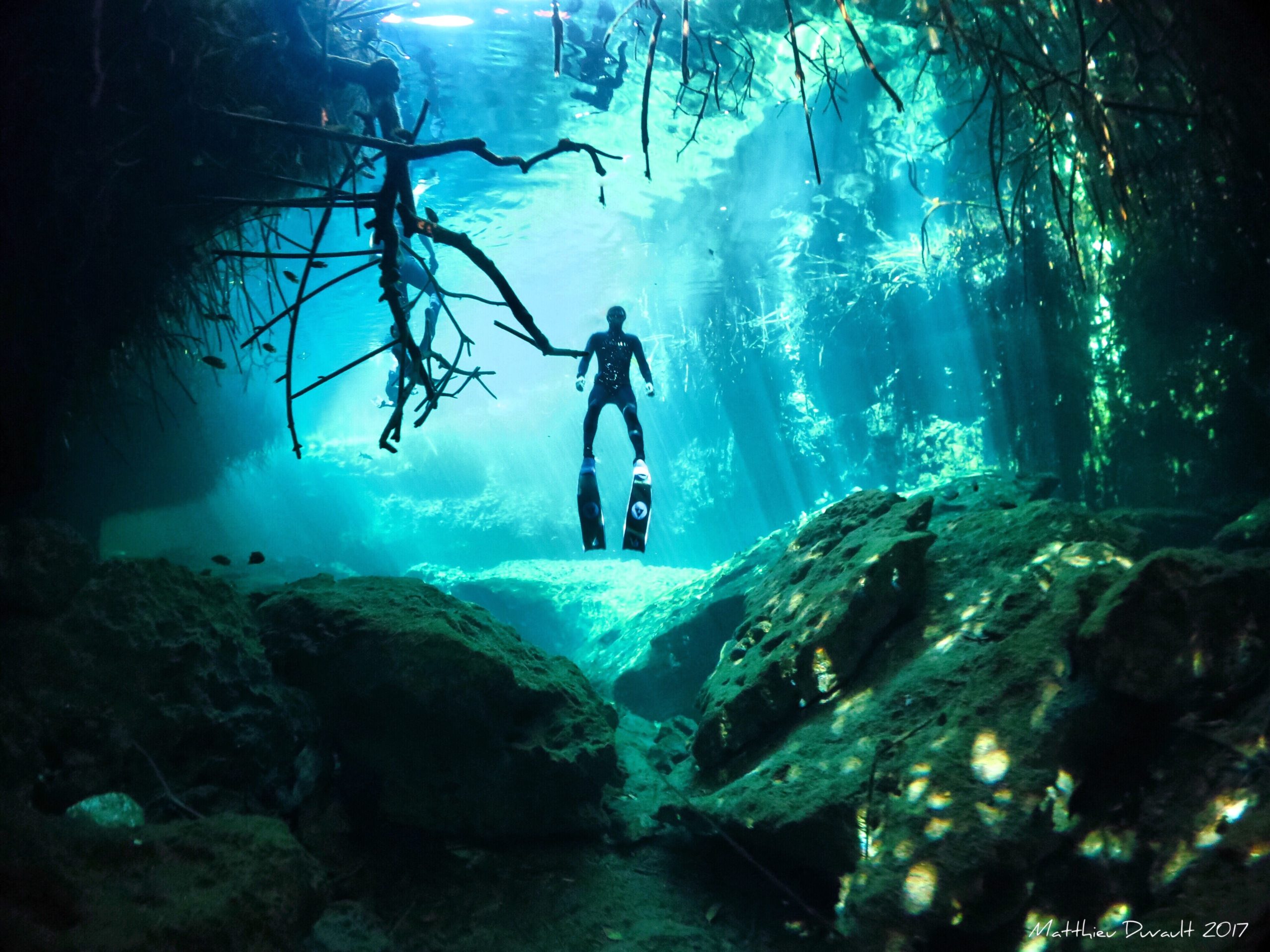
CAVE DIVING – recreational cave diving is usually considered to be a type of technical diving due to the absence of open air, surface or light. Cave diving can be a way of investigating flooded caves for scientific studies or just to explore nature with wide range of stalactites and stalagmites and can cover fauna that cannot be found somewhere else.
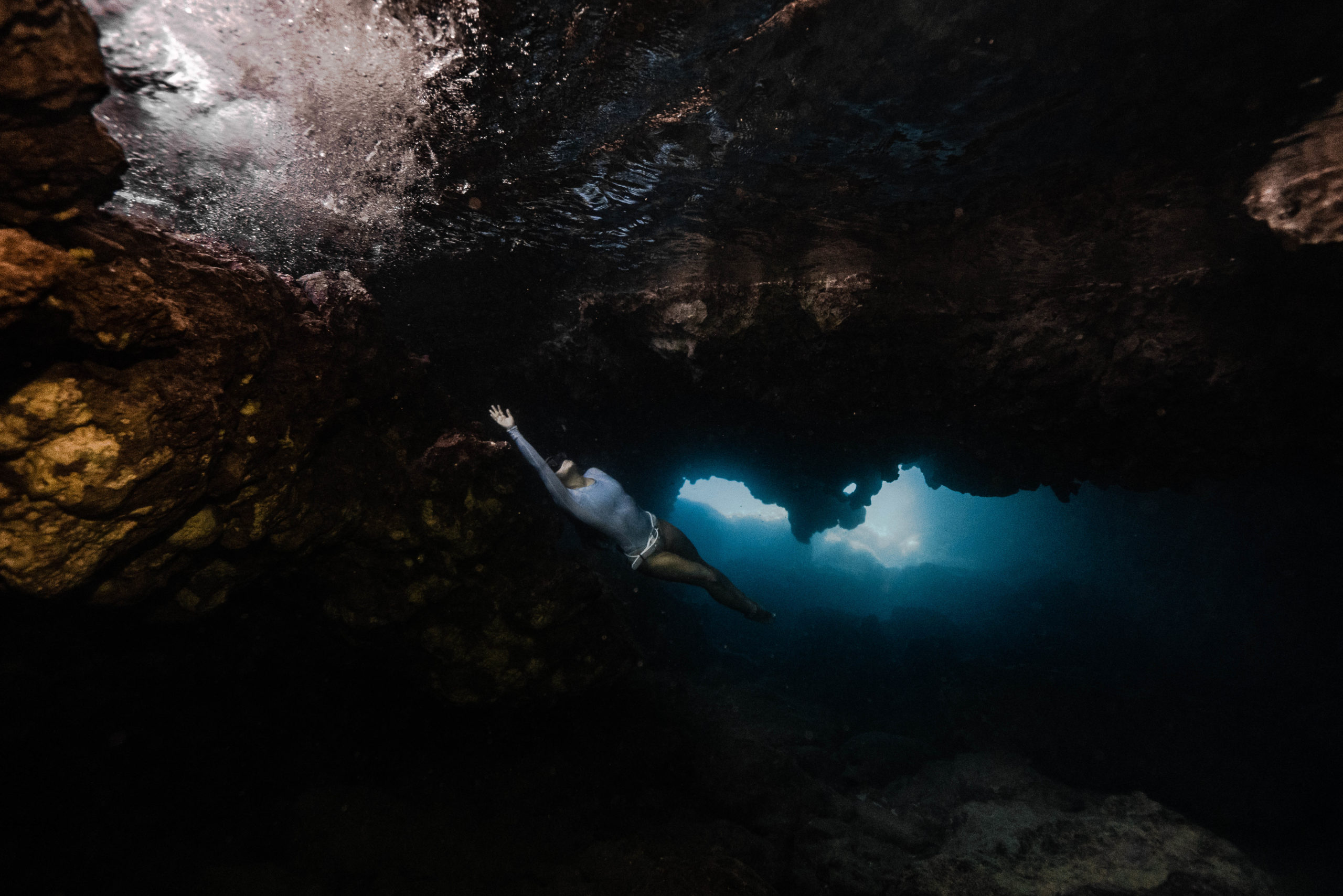
WRECK DIVING – is a recreational diving where the ruins of ships, aircrafts, fascinating parts, or any other artificial machinery structures are being explored. It gives you the chance to engage in living interesting history. It also serves as an artificial reef for marine life. Wreck diving is not dangerous, but it does come with few risks like causing some injury or getting stuck in parts of the wreck because these are unstable structures that can break apart at any time.
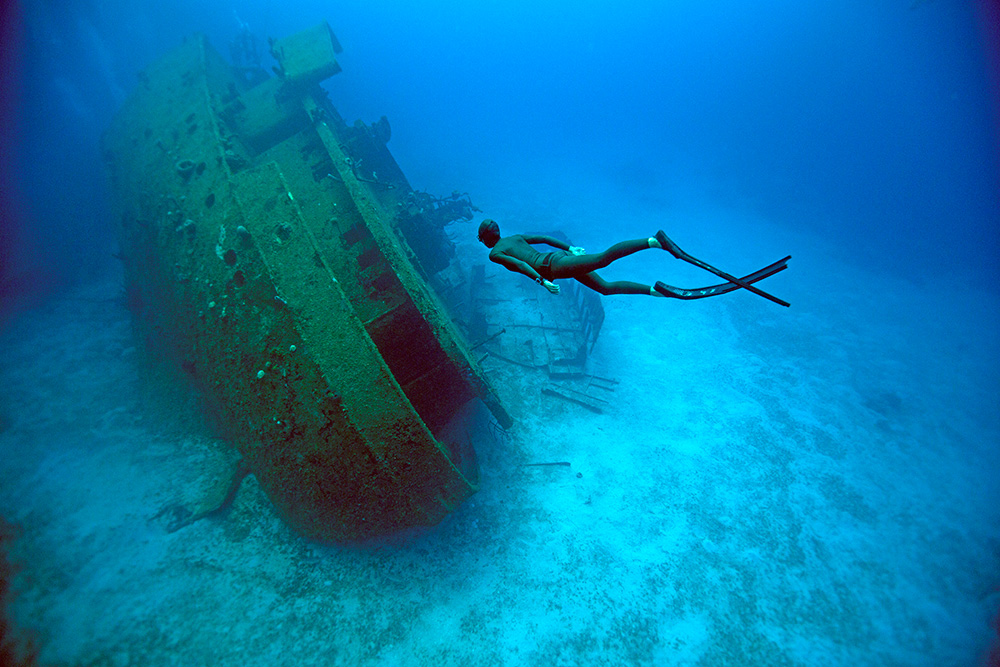
WALL DIVING – involves diving alongside a reef edge that runs vertically, cliff face, and/or other vertical underwater landscapes. It runs from shallow to deep and drops off suddenly into the depths of the ocean. Diving along the face of a wall requires good buoyancy control because there is no sea floor to stop the diver sinking too deep.
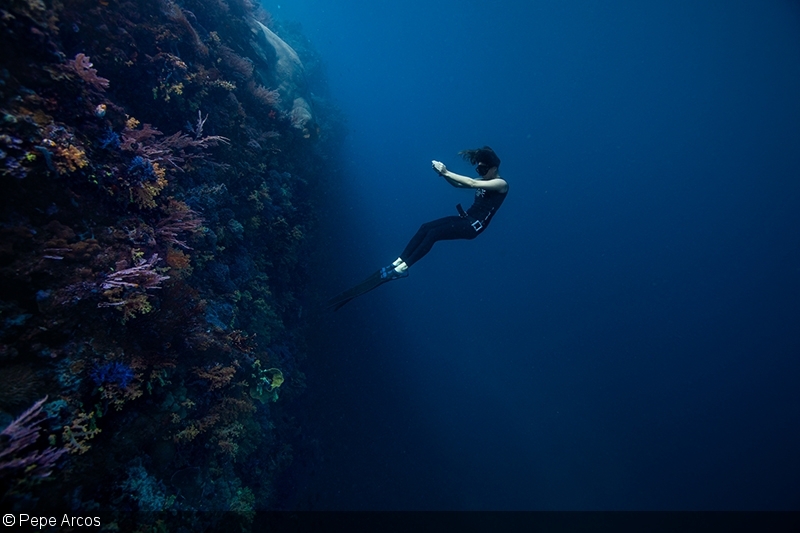
DEEP DIVING – are for certified divers that have been trained to dive to a specified depth range. A deep dive is considered anything below a depth of about 30 meters. However, there are different kinds of diving which gives deep diving its own definition.
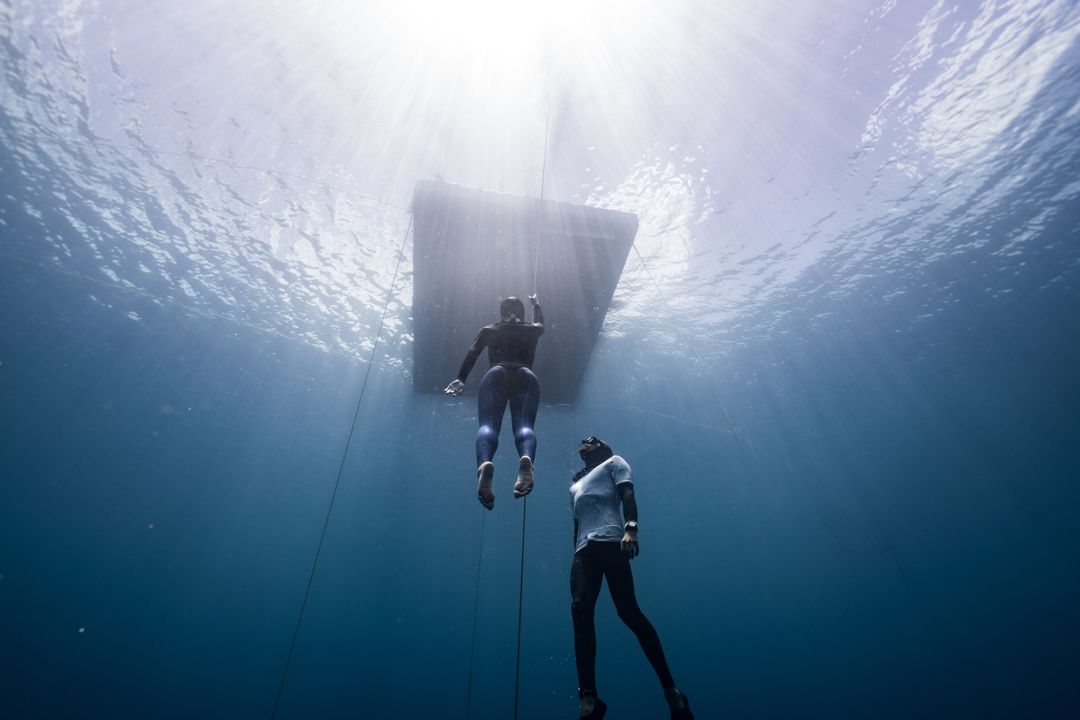
ALTITUDE DIVING – is any dive above the elevation of 300 meters (1,000 ft) above sea level. Diving at altitude in mountain lakes presents beautiful scenery, often cold-water temperature but crystal clear and incredibly different ecosystems comparing to the sea water. The reason that makes diving at an elevation unique from sea level is the surrounding pressure.
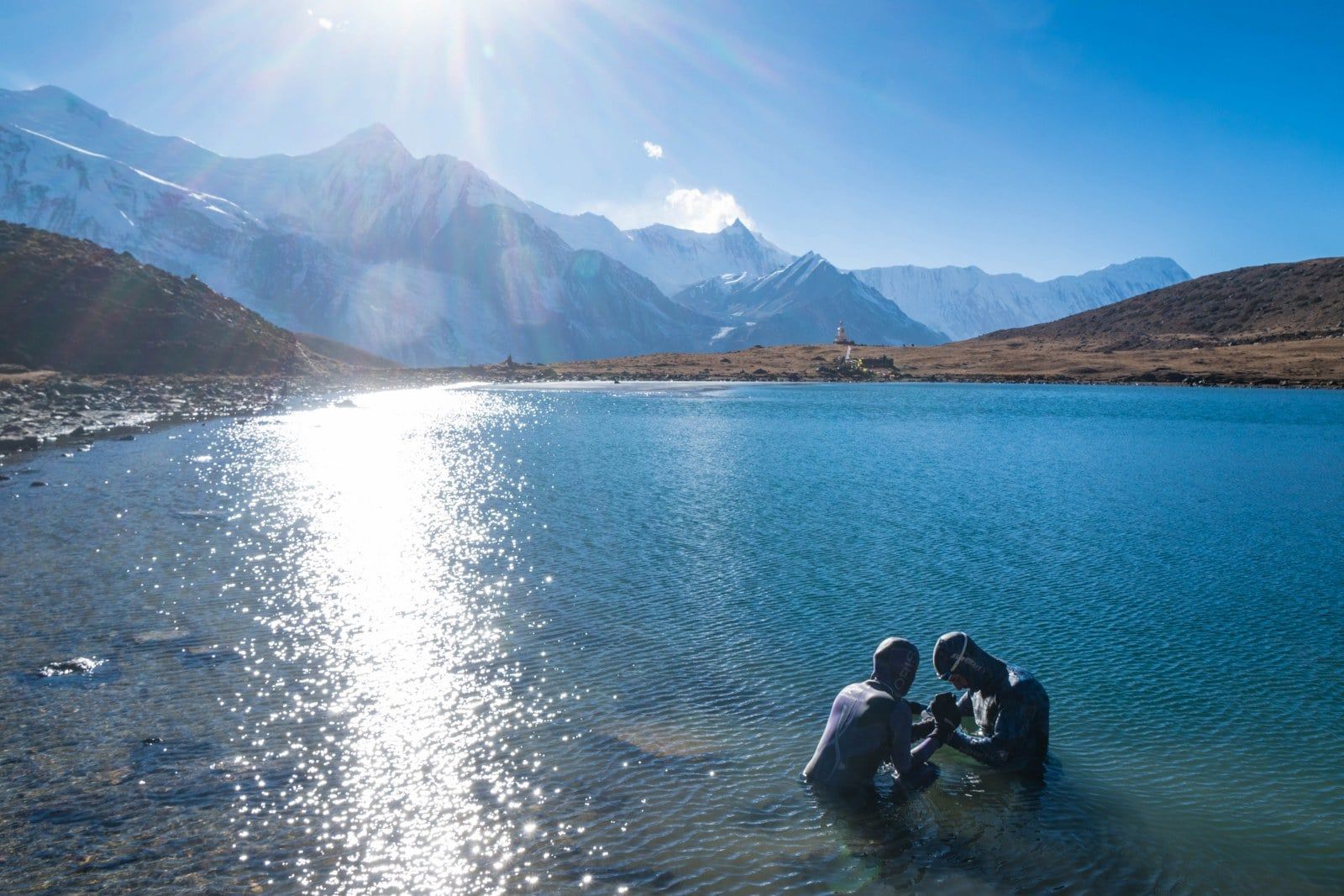
DRIFT DIVING – it is the quickest and most relaxing type of diving. This is where instead of fighting the current, it is about enjoying being pushed along in the current like ‘flying’ through the water without any effort but there is one tip, to take one surface marker buoy per buddy pair to avoid getting the lines tangled on the dive.
Here is a video how drift diving looks like:
Where is your next diving adventure? Tag us on our Instagram account @FreedivingUAE



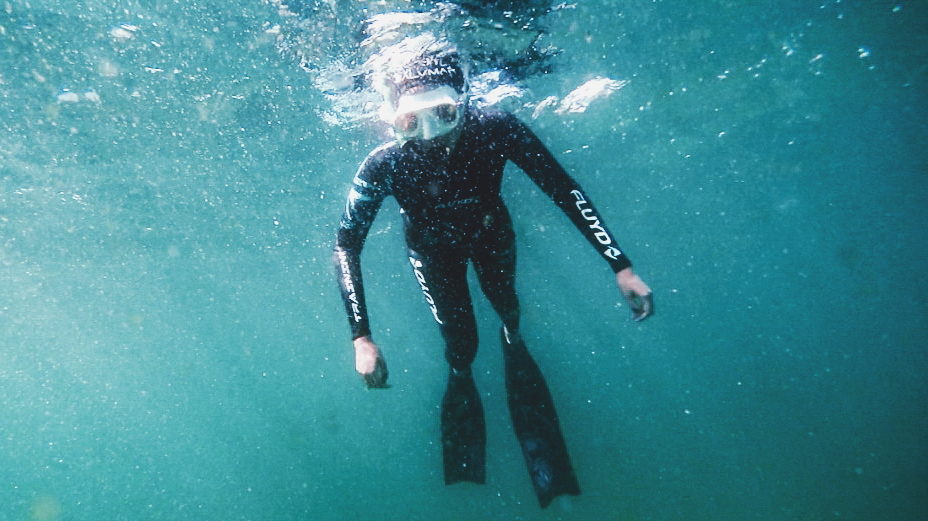 By Ericka Morillo
By Ericka Morillo